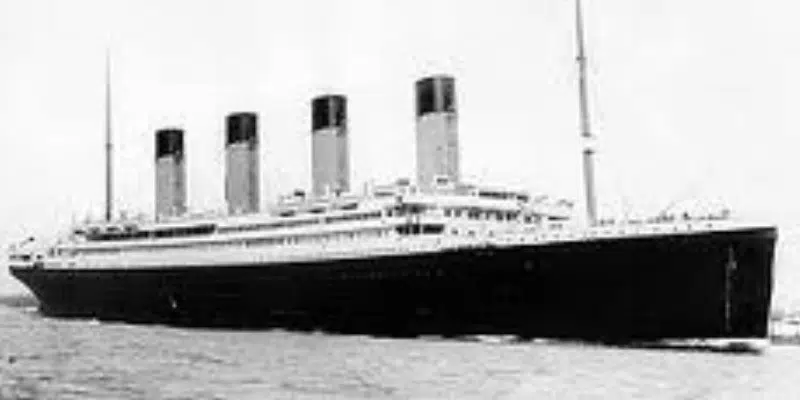It’s being called the first-of-its-kind environmental genomics analysis of the site of the world’s most famous shipwreck.
OceanGate Expeditions and Newfoundland-based eDNAtec are participating in a study to gather environmental DNA from water samples collected at the wreck of the Titanic, sitting on the ocean floor 2.5 miles beneath the surface of the ocean.
The ocean liner sank on her maiden trans-Atlantic voyage after striking an iceberg the night of April 14, 1912 off the southeast coast of Newfoundland and sank in the wee hours of the 15th. The disaster claimed over 1500 lives.
Expedition manager Kyle Bingham of Seattle, Washington led a similar expedition to the Titanic last year. He says images gathered by the submersible are incredible, and the vessel’s degradation is becoming more apparent.
The stern section is showing greater damage and degradation than the bow section. He says Captain Smith’s famous ceramic bathtub, a key area of interest to those who visit the site, is filling in and less apparent, as the ceiling falls in and the walls disintegrate.
Beverly McClenighan is senior ecologist with the Centre for Environmental Genomics Applications in St. John’s. She says getting water samples will provide DNA of the creatures and organisms that inhabit the wreck site.
The water samples will collect the DNA shed from creatures living and passing through the area. She anticipates thousands of DNA samples to be collected in the effort.
The expedition is set to launch in June and run through to August.
























